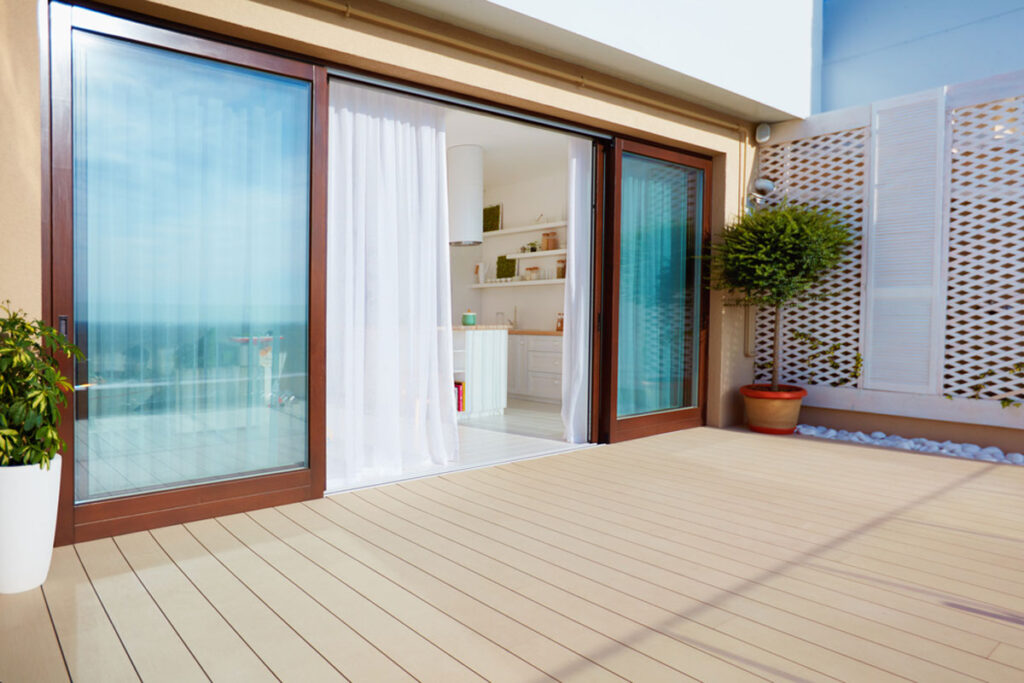What is a Sliding Patio Door?
A sliding patio door is a type of door that is typically used to provide access from a room to an outdoor living space like a patio or a garden. The door operates on rollers or tracks and can be slid open or closed sideways. Sliding patio doors are a popular choice for homeowners due to their ease of use and the natural light they allow to enter a room.
Sliding patio doors are available in a wide range of materials like wood, vinyl, aluminum, and composite. Each of these materials comes with its own set of benefits and drawbacks. Wood patio doors are known for their aesthetic appeal and durability, but they can be expensive. Vinyl patio doors are an affordable option, but they can deteriorate quickly in hot climates. On the other hand, aluminum patio doors are strong and lightweight, but they can be easily scratched.
One of the main benefits of sliding patio doors is that they allow more natural light into a room than traditional hinged doors. The use of glass panels also provides better visibility of the outdoor space and creates a seamless connection between the interior and exterior living spaces. This feature also makes sliding patio doors ideal for homeowners who want to create a brighter and more spacious living area.
In addition, sliding patio doors come in a wide range of designs, including multi-slide doors, French patio doors, and hinged doors. Homeowners can choose from an array of styles and colors to match their existing décor or to create a unique look. Some sliding patio doors also come with additional features like built-in blinds, pet panels, and retractable screens.
Overall, sliding patio doors offer homeowners an easy and convenient way to connect their indoor and outdoor living spaces while providing ample natural light. With various materials, designs, and additional features to choose from, homeowners can find a sliding patio door that fits their needs and budget.
Different Types of Sliding Patio Doors

Sliding patio doors are a popular choice among homeowners who are looking to add a touch of sophistication to their living space. They are easy to operate, aesthetically pleasing, and come in a variety of different types to suit the specific needs of various homeowners. In this article, we will explore the different types of sliding patio doors available in the market today.
1. Standard Sliding Patio Doors – The standard sliding patio door is the most common type of sliding door available in the market today. It comes with two large glass panels that slide past each other to open and close the door. They are affordable and easily available in most home improvement stores.
2. Multi-Slide Doors – Multi-slide patio doors are an excellent choice if you want to create a seamless indoor-outdoor living experience. They are designed with multiple panels that slide along a track, allowing for a much wider opening than a standard sliding door. This type of patio door can also be stacked to one side or completely hidden, providing maximum natural light and fresh air.
3. French Sliding Patio Doors – French sliding patio doors are designed to mimic the appearance of traditional French doors; they give the illusion of a double door system but operate as a sliding door. They add a touch of elegance and sophistication to any living space, making them an ideal option for those looking to create a classic, timeless look.
4. Pocket Sliding Patio Doors – Pocket sliding patio doors are similar to standard sliding doors, but instead of sliding along the exterior of the wall, they slide into the wall cavity and disappear behind it. This feature makes them ideal for small homes and apartments, as they take up minimal space, and create a sleek, minimalistic appearance.
5. Retractable Screen Sliding Patio Doors – Retractable screen sliding patio doors are a popular choice among homeowners who are looking to add an extra layer of protection to their home from insects. With this type of door, the screen is stored in a cassette on one side of the door when not in use, providing an unobstructed view.
In conclusion, sliding patio doors are an excellent investment for homeowners who are looking to create a more aesthetically pleasing and functional living space. Whether you opt for a standard, multi-slide, French, pocket or retractable screen sliding patio door, you can rest assured that you are making a wise investment that will bring you years of enjoyment.
Cost Considerations
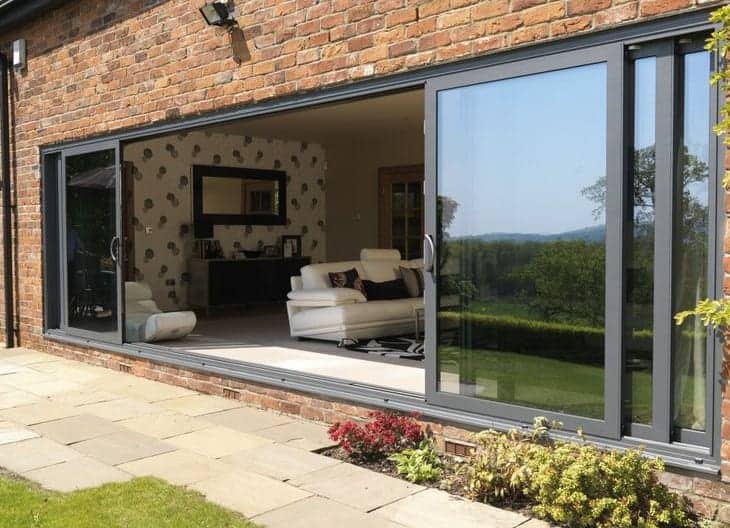
When it comes to purchasing a sliding patio door, there are a variety of factors that can impact the overall cost. Here are some cost considerations to keep in mind:
1. Frame Material: The frame material will impact the cost of a sliding patio door. For example, wood doors tend to be more expensive than vinyl or aluminum doors.
2. Type of Glass: The type of glass chosen for the door will also impact the cost. For example, low-e glass is more expensive than regular glass but helps to reduce energy costs by minimizing heat transfer.
3. Additional Features: Additional features such as built-in blinds and pet panels can add to the overall cost of the door.
4. Professional Installation: Professional installation costs should also be taken into account when budgeting for a sliding patio door. This includes labor costs and any necessary adjustments to the home’s framing and door opening.
5. Size and Style: The size and style of the door will also impact the cost. Larger doors and multi-panel doors tend to be more expensive than single panel doors.
6. Energy Efficiency: While energy-efficient options may have a higher upfront cost, they can save homeowners on energy bills in the long term.
It’s important to consider all of these factors when budgeting for a sliding patio door. Keep in mind that there is a wide range of prices for sliding patio doors, with the average cost ranging from $500 to $2,000. By taking the time to research and compare options, homeowners can find the right door for their budget and needs.
Type of Glass
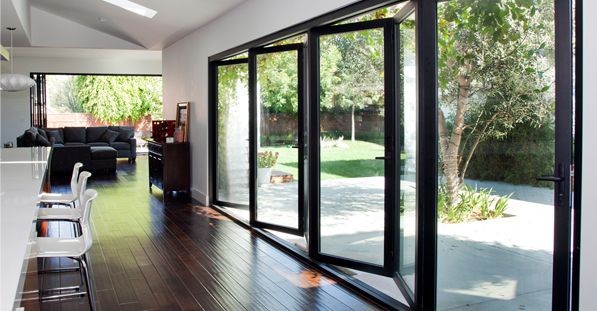
When it comes to selecting a sliding patio door, the type of glass chosen for the door will have a significant impact on the overall cost. The type of glass can also impact the energy efficiency of the door and the amount of natural light that enters into the living space, making it an important aspect to consider.
One popular type of glass for patio doors is low-e glass. Low-e glass is coated with a layer of metal that helps to reduce heat transfer, resulting in a more energy-efficient home. This can be advantageous for those looking to reduce their monthly energy bills, as it saves homeowners on heating and cooling costs in the long term.
Another choice to consider is textured glass. Textured glass provides a level of privacy while still allowing natural light to permeate through the door. This is useful for those who may live in high traffic areas or are in closer proximity to neighbors.
Safety glass is another type of glass to consider. This type of glass meets safety standards and is designed to prevent breakage. In the event that the glass is accidentally broken, it will shatter into small, safe pieces instead of sharp shards that could be dangerous.
Lastly, tempered glass is a popular option for those looking for a more durable type of glass. Tempered glass is heat-treated to make it stronger than regular glass and less likely to break, making it a suitable choice for areas with high levels of foot traffic or where accidental bumps may occur.
Overall, choosing the right type of glass for a sliding patio door is an important decision to make. It can impact the long-term energy efficiency, safety, and privacy of the living space. When selecting a patio door, consider the different types of glass available and choose one that best meets your needs and budget.
Energy Efficiency
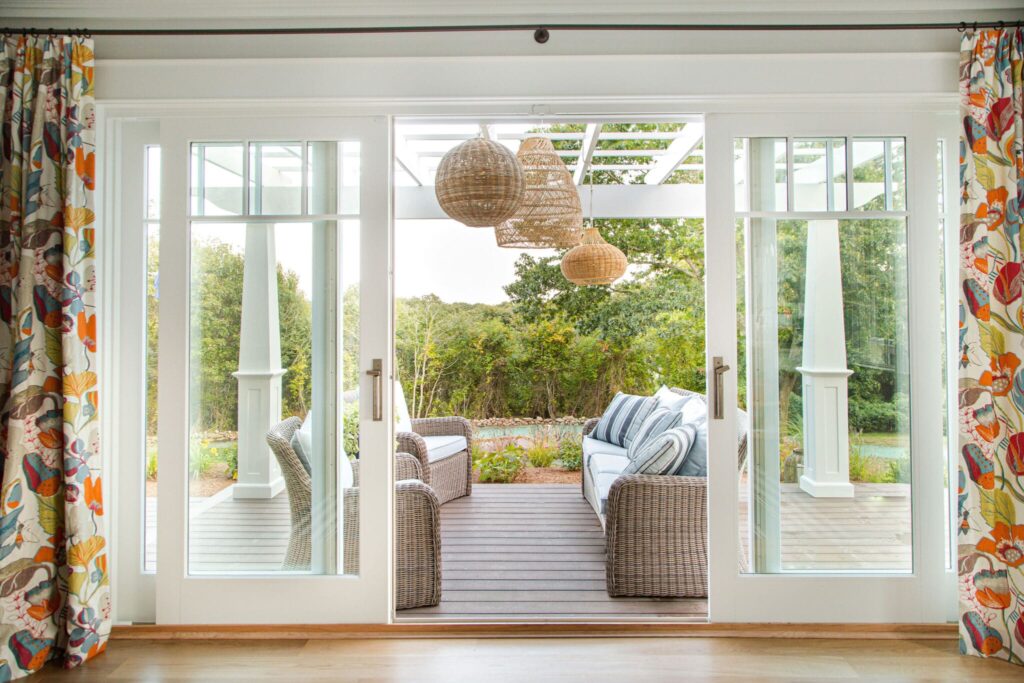
Energy efficiency is a topic that has gained significant attention in recent years, as homeowners look for ways to reduce their carbon footprint and save money on their energy bills. One of the easiest ways to increase energy efficiency is by upgrading to energy-efficient sliding patio doors.
Energy-efficient sliding patio doors come with a range of features that help to minimize energy loss. For instance, many of these doors come with low-e glass, which is coated with a thin layer of metal that helps to reduce heat transfer. This means that during the hot summer months, low-e glass will reflect the sun’s rays away from your home, keeping your living space cool and comfortable. During the cold winter months, low-e glass will keep heat inside your home, minimizing the need to constantly run your heating system.
Another energy-efficient feature to consider when purchasing sliding patio doors is the frame material. While many doors come with aluminum frames, it’s important to note that aluminum is an excellent conductor of heat, which can lead to significant energy loss. Alternative frame materials, such as vinyl or composite, can help to better insulate your home, keeping it cooler in the summer and warmer in the winter.
In addition to energy-efficient glass and frame materials, sliding patio doors with built-in blinds or retractable screens can also help to enhance energy efficiency. These features help to regulate the amount of natural light that enters your home, reducing the need for artificial lighting and lowering your energy bills.
While energy-efficient sliding patio doors may be more expensive initially, they can provide significant cost savings in the long run. With lower energy bills and reduced energy consumption, homeowners can recoup their initial investment while also reducing their environmental impact. Additionally, many energy-efficient sliding patio doors are eligible for incentives or rebates from local or federal programs.
In the end, energy efficiency is a critical consideration for homeowners looking for ways to reduce their energy bills and minimize their impact on the environment. By choosing energy-efficient sliding patio doors, homeowners can not only enhance the comfort and beauty of their living space, but also help to create a more sustainable future.
Labor Costs
When it comes to installing a sliding patio door, labor costs can vary depending on a number of factors. One of the main factors to consider is the type of door you choose. French doors, for example, may require more labor to install due to their heavier weight and more complex design. In addition, doors with built-in blinds or retractable screens may also require more installation time.
Another factor that can impact labor costs is the size of your patio door. Larger doors will require more manpower to install, as well as special equipment to ensure proper placement and alignment. Additionally, if your existing door frame needs to be modified or replaced, this will also increase the labor costs.
The expertise and experience of your installer can also impact labor costs. A professional with a proven track record of successful installations may charge a higher rate than a less experienced installer. However, investing in an experienced installer can help to ensure that your door is installed correctly and efficiently, leading to fewer potential issues in the future.
It’s important to note that labor costs will generally be in addition to the cost of the door itself. When budgeting for your sliding patio door installation, it’s important to take labor costs into consideration and get a clear estimate from your chosen installer prior to beginning the installation process.
Overall, while labor costs are an important consideration when installing a sliding patio door, they are also a necessary expense to ensure a safe and efficient installation. Taking the time to research and choose a reputable and experienced installer can help to ensure a successful installation while minimizing any potential issues or complications down the line.
Installing French or Patio Doors
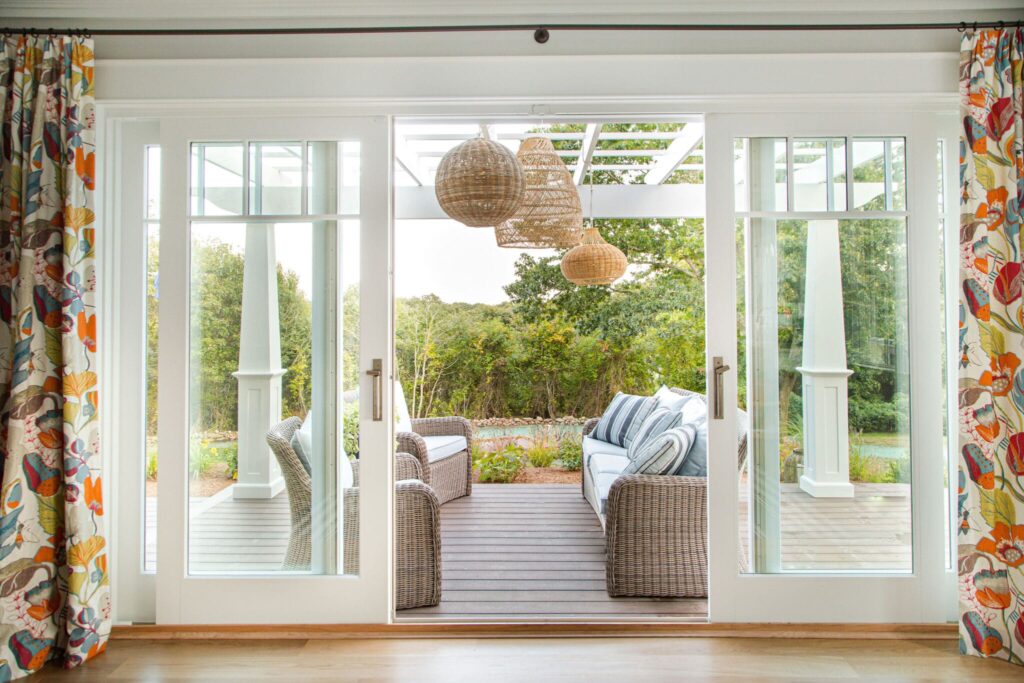
Installing French or patio doors is a great way to enhance the look and feel of your home, while also improving its functionality. Whether you are interested in adding natural light to your living space or creating a seamless transition between your indoor and outdoor areas, French or patio doors can be an excellent solution. However, before you begin the installation process, it’s important to understand the costs and considerations associated with these popular options.
One of the first factors to consider when installing French or patio doors is the type of door you want. There are several options available on the market, including traditional French doors that swing open on hinges and sliding patio doors that glide along a track. Each option has its own advantages and drawbacks, so it’s important to weigh your personal preferences against your budget and space constraints.
Another important consideration when installing French or patio doors is the size of the opening where the door will be installed. If the space is not wide enough to accommodate a standard size door, you may need to consider custom options, which are generally more expensive. Additionally, if you are replacing an existing door, you will need to ensure that the new door fits within the same frame or consider hiring a professional to modify the opening.
The material of the door frame is another important consideration when installing French or patio doors. There are several options available, including wood, vinyl, aluminum, and composite materials. Each material has its own benefits and drawbacks, such as durability, energy efficiency, and cost. It’s important to choose a material that meets your needs and fits within your budget.
Finally, installation costs should also be factored into your budget. The cost of installation can vary widely depending on factors such as the size of the door, the type of material used, and the expertise of the installer. Hiring a professional to install your French or patio doors can help to ensure that the process is completed efficiently and correctly, but this can also add to the overall cost of the project.
In conclusion, installing French or patio doors can be a great way to enhance the look and functionality of your home, but there are several costs and considerations to keep in mind. By weighing your options and working with a professional installer, you can ensure that your door installation is a success.
Square Footage and Natural Light Impact Cost
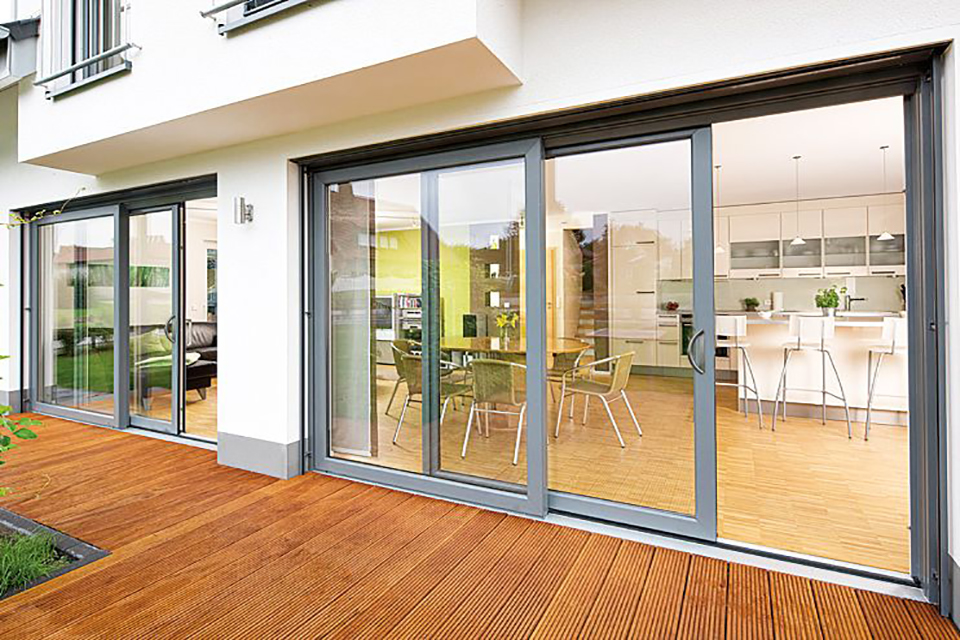
When it comes to installing a sliding patio door, the size of the opening and the amount of natural light that enters your living space can greatly impact the cost of the project. The square footage of the opening where the door will be installed, as well as the direction the opening faces, can affect the amount of natural light that enters your home.
A larger opening will typically require a larger door, which will increase the cost of the project. Additionally, a larger door may require additional framing and support, which will also add to the total cost. On the other hand, a smaller opening may require a custom-sized door, which can also increase the cost.
The direction the opening faces can also impact the amount of natural light that enters your home. For example, an east-facing opening will typically receive more morning light, while a west-facing opening will receive more afternoon light. Depending on your preference, you may want to choose a door with a specific type of glass that will optimize the amount of natural light entering your living space.
The type of glass you choose can also affect the overall cost of the project. For example, low-e glass is a popular option as it helps to reduce energy costs by minimizing the amount of heat transferred through the glass. However, low-e glass can be more expensive than other types of glass, such as tempered or textured glass. Additionally, if you opt for a glass panel with built-in blinds or retractable screens, this can also increase the cost of the project.
Ultimately, the square footage of the opening and the amount of natural light that enters your home are important factors to consider when installing a sliding patio door. These factors can impact the size of the door, the type of glass, and other additional features, which can all affect the overall cost of the project. It’s important to weigh your personal preferences against your budget to determine the best option for your living space.
Average Cost Range and Standard Sizes
When remodeling or renovating your home, one of the biggest decisions you’ll have to make is what type of patio door to install. Sliding patio doors are an excellent choice for many homeowners, offering easy access to the outdoors and allowing natural light to flood your living space. However, before you run out and purchase a sliding patio door, it’s important to consider how much the door will cost and what dimensions you need.
One of the first things to keep in mind when shopping for a sliding patio door is the size of the opening it will be installed in. Standard sizes for sliding patio doors are typically 6 feet wide by 8 feet tall or 8 feet wide by 8 feet tall. However, if your opening is larger or smaller than these dimensions, you may need to purchase a custom-sized door, which can increase the overall cost of the project.
The average cost of a sliding patio door can vary widely depending on the size, material, glass, and additional features like built-in blinds or pet panels. However, you can generally expect to pay between $1,000 and $4,000 for a standard-sized door. Keep in mind that this price range only includes the door itself and not the cost of installation, which can also add several hundred dollars or more to the total project cost.
When it comes to selecting the right sliding patio door for your home, price should not be the only consideration. It’s also important to think about the energy efficiency of the door, as this can impact your energy bills over time. Look for doors with energy star certifications or low-e glass to help reduce energy loss and lower your monthly utility costs.
In addition to energy efficiency, you may also want to consider the aesthetic appeal of the door. Sliding patio doors come in a wide range of colors and frame materials including aluminum, composite, and vinyl. Choose a material that is not only visually appealing but also durable enough to last for years to come.
Ultimately, the decision to install a sliding patio door is a significant investment, so it’s important to carefully consider all factors including dimensions, cost, and additional features. With the right research and planning, you can find a sliding patio door that fits your style, budget, and practical needs.
Expensive Option Considerations
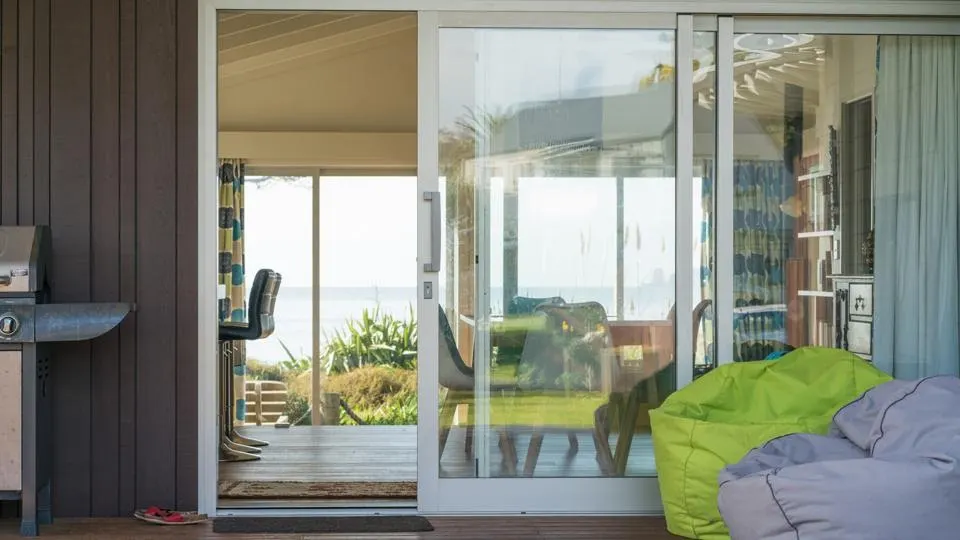
When it comes to purchasing a sliding patio door, there are many factors to consider. One of the most important considerations is cost. While it’s possible to find affordable options, there are also more expensive choices that offer a wide range of features and benefits.
One expensive option to consider is the type of glass used in the door. Some doors come with tempered glass, which is less likely to shatter and provides added safety. Others may feature low-e glass, which reflects heat and reduces energy costs. Textured glass can also be used for added privacy, while safety glass may be preferred for households with young children or pets.
Another consideration is the frame material. While aluminum frames are generally less expensive than other options like composite or vinyl, they may not be as durable or energy-efficient in the long term. Composite frames offer the strength of wood without the maintenance, while vinyl frames are known for their energy efficiency and customizable colors.
Additional features can also drive up the cost of a sliding patio door. Built-in blinds can provide added privacy and convenience, while pet panels allow easy access for furry family members. Retractable screens can keep out insects and provide fresh air without sacrificing natural light.
Ultimately, the cost of a sliding patio door will depend on the size, material, glass, and additional features chosen. It’s important to weigh the benefits and drawbacks of each option and consider the long-term value of the investment. While a more expensive door may have upfront costs, it may also provide added energy savings, safety, and convenience over time.
Installation Costs
When it comes to installing a sliding patio door, the installation costs can vary greatly depending on a number of factors. A major factor is whether you opt for professional installation or attempt to do it yourself.
Professional installation can be well worth the cost as it guarantees a proper installation and can prevent costly mistakes. Depending on the complexity of the installation and the area where you live, professional installation can range anywhere from $500 to $2,500. This cost includes the labor, tools, and materials necessary to install the door.
If you choose to install the door yourself, you will need to purchase the necessary tools and materials. This can add up quickly, and if you make a mistake during the installation, it can become even more expensive. Additionally, if the door is not installed properly, it can lead to energy loss and higher energy bills.
Another factor that can affect installation costs is the type and size of the door. A larger door or one with features such as built-in blinds or pet panels may require more time and effort to install, adding to the cost. The type of frame material can also impact installation costs. For example, composite frames require special tools and techniques to install properly, which can increase the labor costs.
It’s important to factor in installation costs when budgeting for a sliding patio door. While professional installation may seem expensive, it can save money in the long run by ensuring proper installation and preventing costly mistakes. If you do choose to install the door yourself, be sure to educate yourself thoroughly on the installation process and take time to gather all necessary tools and materials beforehand.
Built-in Blinds and Other Features That Affect Installation Costs
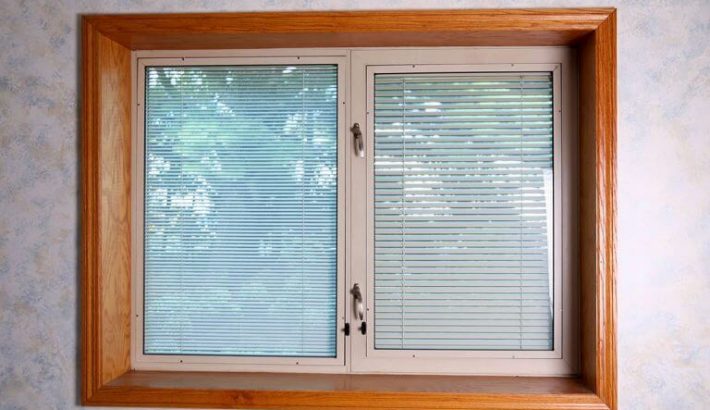
Sliding patio doors are a popular choice for homeowners who want to enjoy natural light and a seamless transition between their indoor and outdoor living spaces. However, the cost of installing a sliding patio door can vary depending on the type of door and the features that come with it.
One feature that can significantly affect installation costs is built-in blinds. These blinds allow homeowners to control the amount of light that enters their home and provide added privacy when needed. However, installing a sliding patio door with built-in blinds requires a more complex installation process than a standard door. As a result, the labor costs for this type of installation can be higher.
Pet panels are another feature that can affect installation costs. Pet panels allow homeowners to provide their furry friends with easy access to the outdoors without sacrificing energy efficiency. However, installing a sliding patio door with a pet panel requires special tools and techniques, which can add to the installation costs.
Retractable screens are another popular feature that can affect installation costs. These screens allow homeowners to enjoy fresh air without sacrificing privacy or energy efficiency. However, installing a sliding patio door with a retractable screen may require more time and effort, leading to higher labor costs.
In addition to these features, the type of glass used in the door can also affect installation costs. Tempered, low-e, and safety glass are all popular options that provide energy efficiency and increased security. However, these types of glass require special tools and techniques to install properly, which can increase the labor costs.
Frame material is another factor that can affect installation costs. Aluminum frames are a popular option for their durability and low maintenance requirements. However, composite frames and vinyl frames require special tools and techniques to install, which can increase installation costs.
Overall, the price of installing a sliding patio door with built-in blinds, pet panels, retractable screens, or other features will depend on the complexity of the installation and the type of features included. However, these added features can provide added functionality and convenience, making them a worthwhile investment for many homeowners. Additionally, ensuring proper installation is crucial to preventing energy loss and keeping energy bills low.
Professional Installation vs. DIY Installation
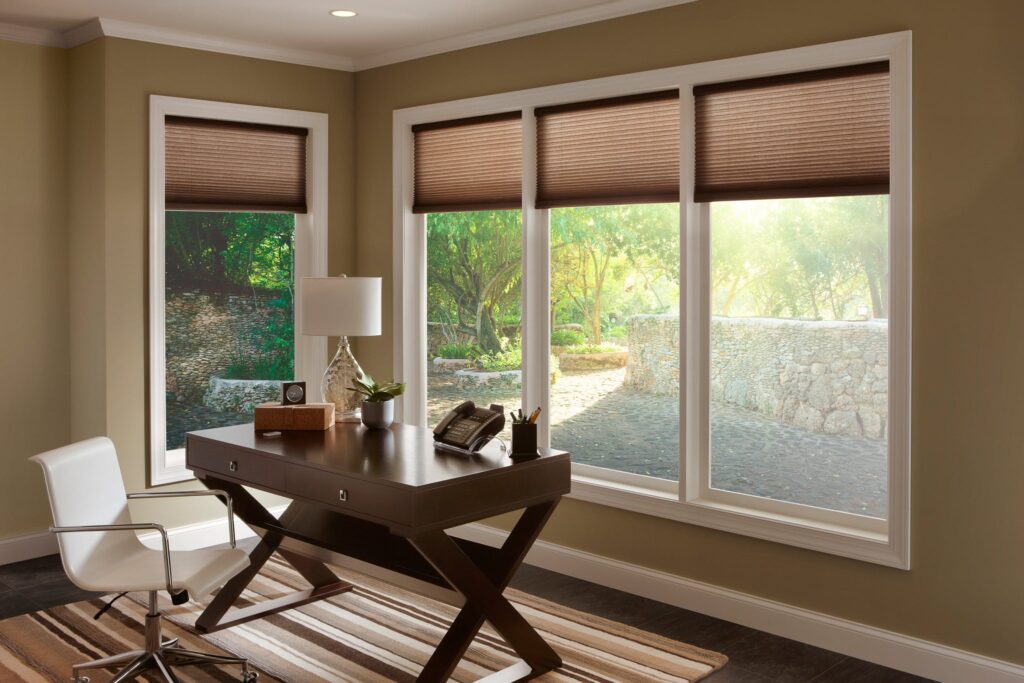
When it comes to installing a sliding patio door, homeowners have two options: professional installation or DIY installation. Each option has its own advantages and disadvantages, and it’s important to consider these before making a decision.
Professional installation is the most popular option for homeowners who want to ensure that their door is installed properly. A professional installation typically involves hiring a contractor or company that specializes in door installations. The benefits of professional installation include expertise, experience, and a guarantee of quality workmanship.
One major advantage of professional installation is that the installer will have the expertise and experience necessary to properly install the door. This expertise means that the installer will be able to quickly and efficiently install the door, minimizing the disruption to the homeowner’s daily routine. Additionally, a professional installation typically comes with a warranty or guarantee of quality workmanship, giving homeowners peace of mind knowing that their new door is in good hands.
DIY installation, on the other hand, is an option that is gaining popularity among homeowners who are looking to save money on installation costs. DIY installation involves purchasing a sliding patio door kit and installing it yourself. The benefits of DIY installation include cost savings and the satisfaction of completing the project on your own.
One major advantage of DIY installation is that it can be significantly less expensive than professional installation. Homeowners can save money on labor costs by doing the installation themselves. Additionally, DIY installation can give homeowners the satisfaction of completing a project on their own and can be a great way to learn new skills.
However, there are some downsides to DIY installation. One of the biggest disadvantages is the risk of improper installation. If the door is not installed properly, it can lead to energy loss, safety issues, and even damage to the door itself. Additionally, DIY installation can be time-consuming and labor-intensive, which can be a significant drawback for homeowners with busy schedules.
Overall, the decision between professional installation and DIY installation will depend on various factors, including budget, expertise, and time constraints. While professional installation may be more expensive, it can provide homeowners with the peace of mind of knowing that their new door has been installed properly. On the other hand, DIY installation can be a rewarding and cost-effective option for homeowners who are willing to take on the project themselves.
Conclusion
In conclusion, choosing a sliding patio door for your home can be a great investment in terms of aesthetics, functionality, and energy efficiency. The average cost of a sliding patio door can vary depending on factors such as the type of glass, frame material, and additional features.
Professional installation is the most popular option for homeowners who want to ensure that their door is installed properly and with a warranty or guarantee of quality workmanship. DIY installation is also an option for those looking to save money on installation costs, but it comes with the risk of improper installation and can be time-consuming.
Consider the energy efficiency and natural light benefits of low-e or tempered glass, as well as the convenience and style of built-in blinds or pet panels. There is a wide range of colors and materials available for sliding patio doors, including wood, vinyl, composite, and aluminum frames. French or multi-slide patio doors are also popular options for larger openings.
Remember to factor in the long-term energy savings and decreased energy bills when considering the initial cost of a sliding patio door. Look for energy star certifications and consult with a professional to ensure that your choice of door meets your specific needs and fits within your budget.
Overall, a sliding patio door can greatly enhance your living space and provide a seamless connection to the outdoors. With the right choice of door and installation method, you can enjoy the benefits for years to come.

